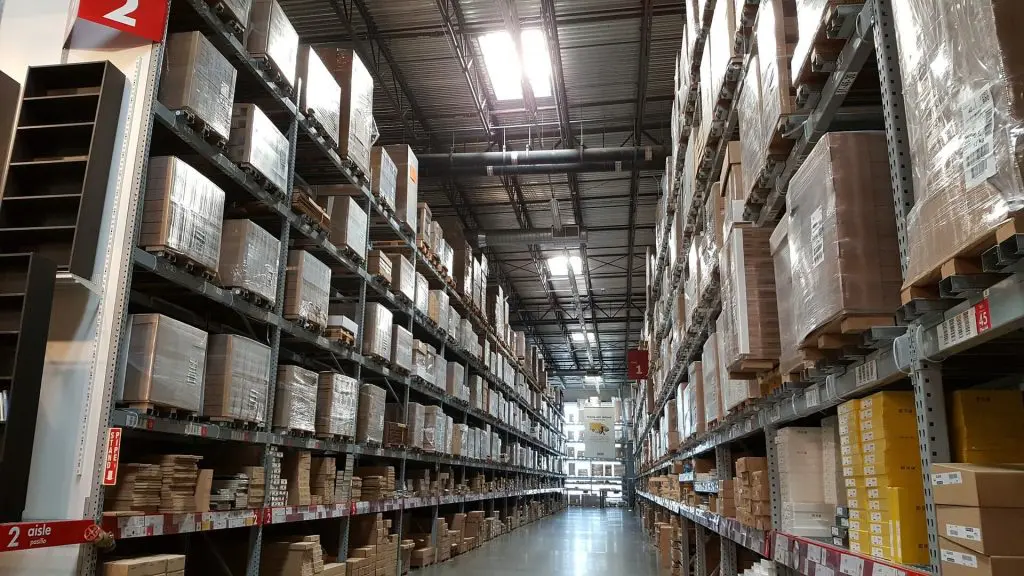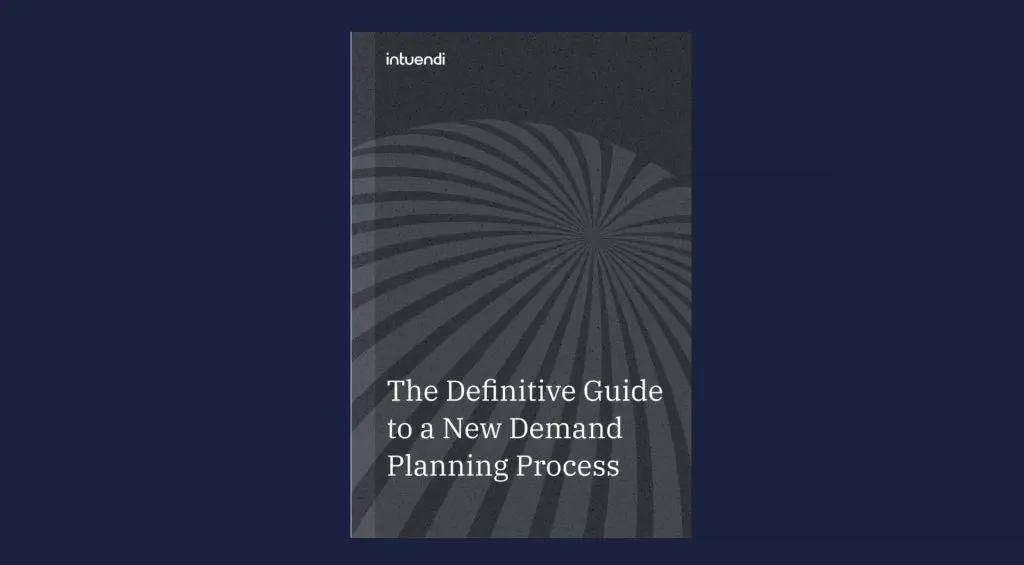In this post we are going to analyze one essential factor which affects the data concerning the sales history: the existence of promotions.
One of the hardest parts of developing a sales forecasting tool is, no doubt, to figure out which variables
could condition the time series an user is going to forecast.
In other words, maybe it’s not enough to look to the sales of the last two or three years and think that everything is there, ready to be squeezed in order to get the best possible forecast on this earth.
Obviously, it can’t be enough.
Hidden variables
Not only, it may be pretentious since every business can have its rules and dynamics, even markets can have several and different
behaviors. That’s why behind a time series there are a plenty of different reasons which explain why
those numbers they are as they are.
We can call them hidden variables. Or, at least, until someone uncover them (or most likely a part of them). We’ve already encountered one when we were talking about lost sales. Now, let’s focus on the use of promotions by manufacturers or e-commerce shops.
Promotions: when and how
A promotion is a temporary pricing strategy which is proposed with the aim of increasing the sales of a product, accepting a reduced margin on the single unit. Usually, the effect is an anomaly quantity of sales compared to the common monthly sales amount.
Now, let’s imagine this behavior when it’s time to analyze the correspondent time series and do a forecast. The difference between a disastrous forecast and a good one lies in two pieces of information: when one or more promotions
occur and what were the rules of the game. 50% of payoff? Pay one and get two? Once these pieces of information are given to the sales forecasting tool beside the time series, the forecast will be more robust for sure.
In the same way, if you plan to put promotions in the future you have to tell it to the tool, in order to estimate the promotion-behavior even for the future.






